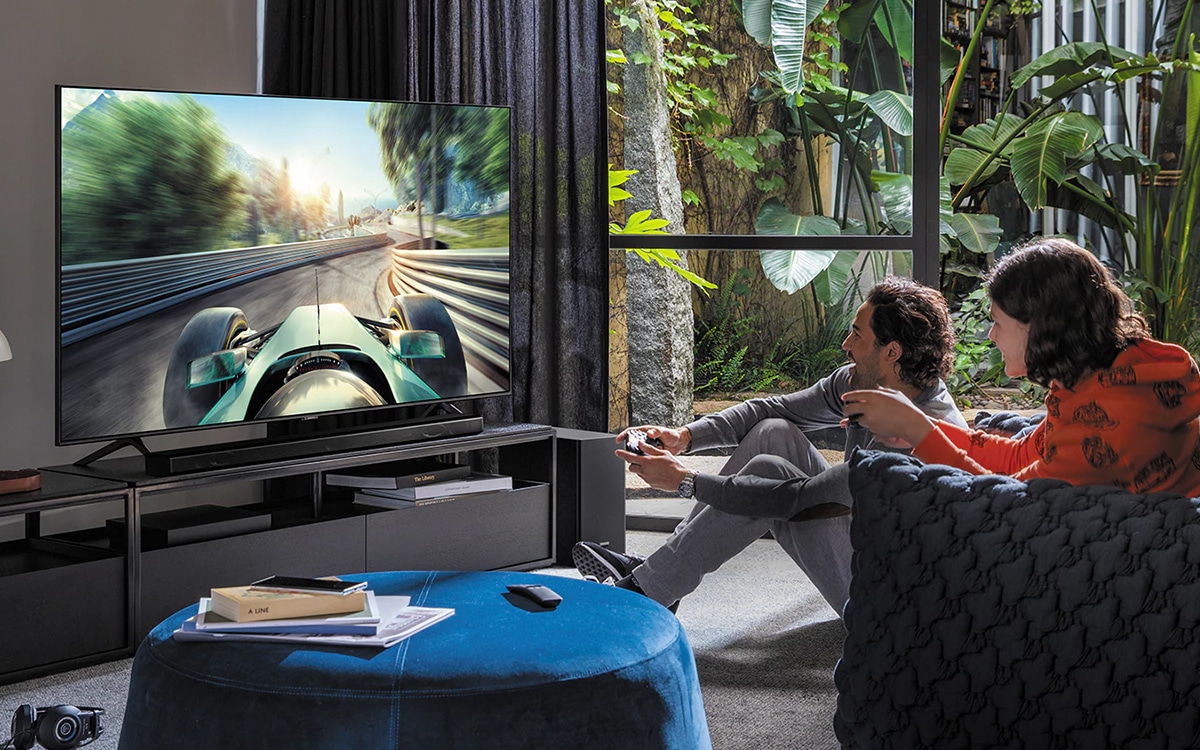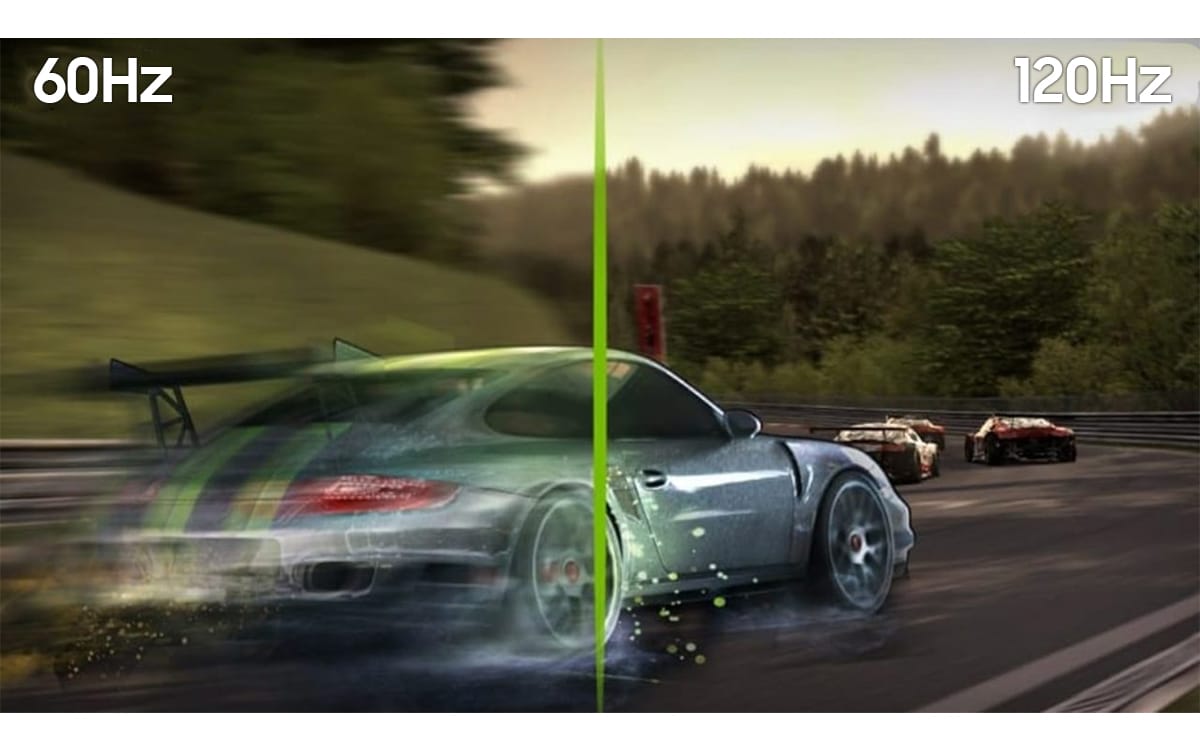Luckily, here at Reliant, our 60 years of business have helped us to develop a truly robust guide to the world of TV technology. Are you stuck trying to tell the difference between a TV’s refresh rate and its response time? Then allow us to help! Today, we’re going to find out what differentiates these two terms, and why each of them should matter to you!
What Is The Difference Between A TV’s Refresh Rate And Response Time?
It’s incredibly easy to get both refresh rate and response time confused. Both refer to how quickly a given TV is able to move between images on screen, to create a smooth sense of motion. Despite their similarities, however, refresh rate and response time are very different.
The refresh rate of a TV refers to how many times a given TV screen is able to refresh from one image to the next within a single second. The more times a TV can refresh its image, the smoother motion appears. Refresh rates are measured in Hertz (Hz). For example, a 120Hz TV can refresh its image 120 times per second.
Response time, on the other hand, refers to how quickly an individual pixel can change from one colour to the next. To facilitate a higher refresh rate, a TV must have a good response time.
Refresh rate and response time are often confused. Refresh rate refers to how many times, per second, a screen’s image can change. Response time is how quickly a pixel can go from one colour to the next!
The response time of a pixel is known as a “grey-to-grey” measurement. In order to move from one colour to the next, a pixel needs to move quickly across the spectrum to reach a precise shade of a precise colour. How quickly it’s able to do this is what the response time is measuring.
Why Does Refresh Rate Matter?
At this point, you might be wondering why anyone would ever split hairs over refresh rates and response times.
As we mentioned earlier, the higher the refresh rate of a TV is, the quicker the screen is able to refresh its image. The more individual images shown in a single second, the smoother on-screen motion appears to the naked eye. As a result, higher refresh rates are simply perfect for those who like to feel like they’re in the heart of the action!
Refresh rates are especially important if you are an avid gamer. Victory in a video game can very often come down to split-second decisions made during gameplay. A higher refresh rate makes it much easier to keep track of the action on screen and react accordingly. High refresh rates are also crucial if you plan to play video games with higher frame rates. If you plan to play a game at 120 frames per second, you will need a TV with a higher refresh rate.
A TV with a higher refresh rate is able to change the image on the screen more times per second. This leads to motion appearing buttery smooth. This allows for intense high-frame-rate gaming.
High refresh rates are also perfect for enjoying live events and sports on your TV. If you’re a big fan of football, then high refresh rates are essential. A higher refresh rate allows every single action to be rendered at a realistic speed. This allows you to witness every single motion of every single player on the pitch. If you want to cheer along with the crowd as the ball passes the goal line, then higher refresh rates are a perfect fit.

Why Does Response Time Matter?
Response times are also highly important for those who want to keep up with highly dynamic and action-oriented content! Faster response times help to facilitate higher refresh rates for fast-paced gaming or sports viewing. Having a faster response time also helps to prevent visual artifacting and ghosting. Ghosting refers to a situation in which an old image is still visible over the next image when watching a video.
A greater response time will keep footage or video games from looking blurry, and improve your experience.
Frequently Asked Questions
Is 60 Hz Good For Gaming?
Absolutely. Many gamers prefer to enjoy their favourite titles at frame rates well over 60 frames per second. A 60 HZ TV is more than able to facilitate a frame rate over 60. 60 Hz TVs are luckily very common. If you enjoy your gaming time, then you should go for a 60 Hz TV! Even better, look out for a TV with a variable refresh rate!
What Hz Do Most Gamers Use?
The most common display HZ preferred by gamers is 60Hz. This Hz allows gamers to easily play their favourite games at 60 frames per second. Higher frame rates can really help a gamer to clench victory from the jaws of defeat. A higher refresh rate allows a gamer to stay on top of the action, and make more informed and snappy decisions! Some gamers use 120 Hz displays, but these are slightly less popular.
Can The Human Eye Tell The Difference Between 60Hz And 144Hz?
While it might not be too clear to the untrained eye, the difference between 60Hz and 144Hz is very much visible. Footage moving on a 144Hz screen will move much more smoothly, and there will be much less blur and ghosting on screen. This can make everything from film to video games look 10 times better.
Is 60Hz Better Than 120Hz For Eye Strain?
Footage that moves at 120HZ appears much smoother to the naked eye. This means that it will be far less likely to cause eye strain or to cause you to feel tired. If you want to reduce eye strain after a solid gaming session, we would recommend opting for a TV that runs at 120Hz!





